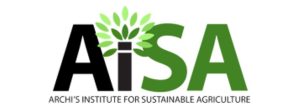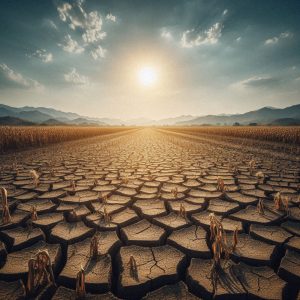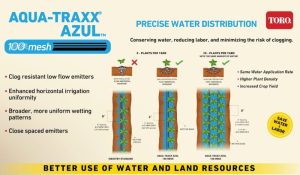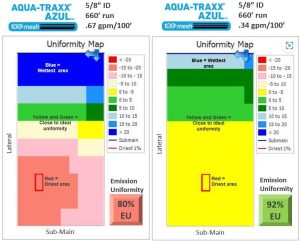Original article by High Plains Journal (Doug Rich)
Irrigation efficiency is the key to extending the life of the Ogallala Aquifer. If current irrigation trends continue, 69 percent of the available groundwater in the aquifer will be drained in the next 50 years, according to a four-year study done by researchers at Kansas State University.
The Ogallala Aquifer, which is part of the High Plains Aquifer system, is vitally important to Great Plains agriculture. About 27 percent of the irrigated land in the United States sits on top of the aquifer, which provides about 30 percent of the groundwater used for irrigation in the U.S.
Subsurface drip irrigation is one way to use irrigation water more efficiently. Freddie Lamm, irrigation engineer at the KSU Northwest Research Center in Colby, Kan., said SDI research began at the station in 1988. Lamm was a featured speaker at the Governor’s Conference on the Future of Water in Kansas, Oct. 25, in Manhattan, Kan.
“The overall objectives of the study were and continue to be preserving water quality, developing sound methodologies, and conserving water,” Lamm said.
When the study began 25 years ago there was no SDI in Kansas and today it is still done on a limited basis. SDI systems are relatively expensive to install and still relatively new in the state.
The SDI system at the research station has been in the ground for 25 years. Lamm said to be cost competitive with a center pivot irrigation system the SDI system needs to last for a minimum of 10 to 15 years. After 25 years, Lamm said all 23 plots in his research study are within plus or minus 7 percent of their original flow rates. The system at the research station was installed in March 1989.
The average corn yield on those plots over 24 seasons was 231 bushels per acre. Even in the drought year of 2012, they averaged 251 bushels per acre. Lamm said in four different studies from 1989 to 2004, they found that yields plateaued at 80 percent of full irrigation.
“The system itself cannot save water, whether it is furrow irrigation, center pivot, or SDI,” Lamm said. “It takes a human decision and human management to save water.”
However, SDI can be a very good tool for conserving water. SDI can conserve water by eliminating irrigation runoff, and because it is below the soil surface, water evaporation is greatly reduced.
Because the soil surface, in fields using SDI systems, is dry compared to fields with center pivot irrigation systems, they are able to take advantage of any rain events. Lamm said by having a drier soil surface there is increased infiltration of any rainfall that comes along during the growing season.
As a way to increase water use efficiency, Lamm said researchers experimented with pumping livestock wastewater through the system. In order to use particle rich water like this Lamm said they had to oversize their filtration system to prevent clogging, which is always a concern with SDI systems. This study was done for four years and the irrigation engineer said they proved that it could be done.
No runoff of wastewater into surface water, reduced human contact with wastewater, less odor, and fresh water saved for other uses are some of the benefits of using livestock wastewater in an SDI system.
“These systems are well suited to automation,” Lamm said. “I think we need to look at some sensor-based studies.”
Lamm said SDI is still an emerging technology after 25 years of research but a valid technology. Resource constraints and economic conditions will continue to affect its adoption by farmers in the Great Plains.
For more information on SDI research at the Northwest Research Station, go to www.ksre.ksu.edu/sdi/.




